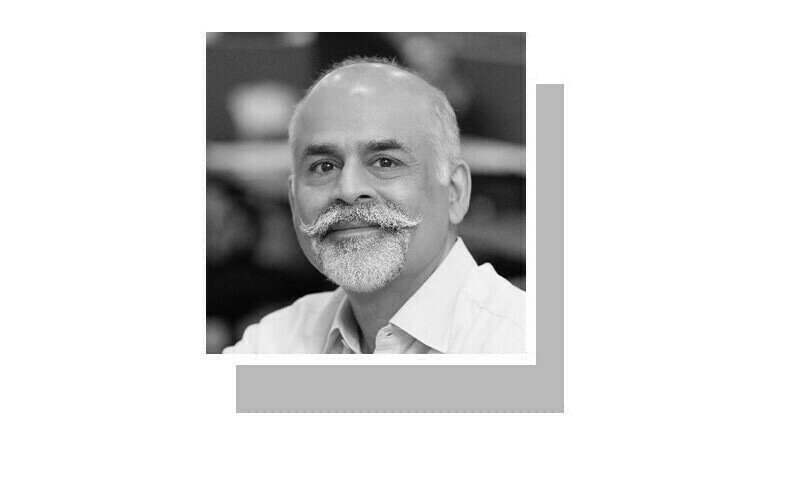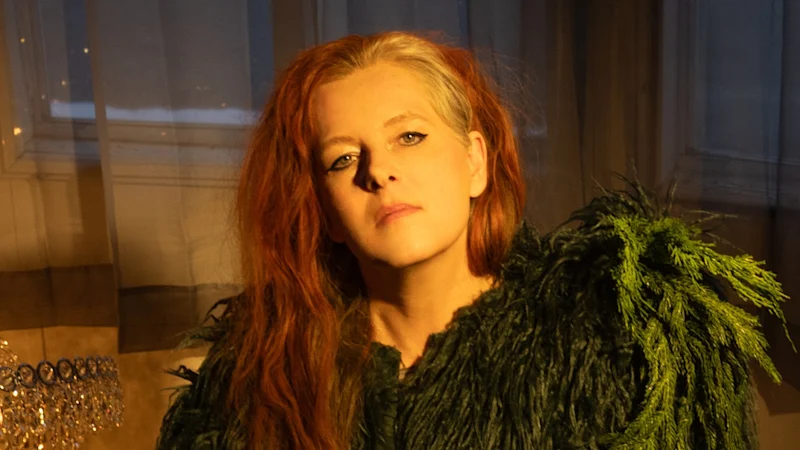By Shahzad Sharjeel
Copyright dawn

THOUGH never a measure of an artist’s talent or worth, the price their works fetch at least indicates their market value. I once accompanied an artist friend to meet a local gallery owner to see if an international group, known for promoting art globally, would be interested in launching a campaign to highlight young Pakistani visual artists abroad. We were met with a counter-question: name five contemporary painters or sculptors who have sold works for more than $25,000? Dumbfounded, we received the verdict: why would an international promoter take on a project when, aside from one or two artists, no one has broken through the glass ceiling of a million dollars?
Since I am often challenged, ‘where do you come up with these topics?’ or asked, ‘must you always beat down on your countrymen?’, let me explain what triggered this recent navel-gazing. The Mask by Jean-Michel Basquiat, an American painter, recently sold for over $100m at an auction. The painting is not some long-lost or sought-after piece, like Salvator Mundi, purportedly by da Vinci. It was signed by the artist in 1982.
Since the reality check by the gallery owner, things have improved somewhat — Rashid Rana’s painting from The Red Carpet series sold at Sotheby’s for around £200,000. The buyer was the Abraaj Group, which has since come under significant national and international scrutiny for alleged misuse of shareholders’ funds. Salman Toor may be the only artist of Pakistani origin to have surpassed Rana; his painting was auctioned for $1.5m at Sotheby’s.
A useful measure for writers is the number of copies their books have sold. Here, the less said, the better; not only is readership declining, the usual print run, too, has dropped from 500 to 300, with some even claiming it’s down to 100 copies, especially with digital printing. Even by lithographic print run standards, if a talisman-selling baba’s book reaches its 20th edition, it would sell only about 10,000 copies in a country of 250m.
Limited readership at home is reflected in the lack of global recognition. Writers in English often fall into the trap of aiming their work at Western audiences. Those writing in Urdu or other native languages rarely get translated into English because translation has become a one-way process; bestsellers or classics by renowned authors, whose estates do not worry about copyrights, are quickly translated into Urdu. This benefits publishers and translators, as they earn a profit from someone else’s hard work and creativity.
Not owning our cultural heritage has dimmed our worldview.
Translating literary and creative works from native languages into English and other languages would entail copyrights, royalties, language expertise and marketing. Indian authors have done well. After Tomb of Sand by Geetanjali Shree in 2022, Banu Mushtaq won the International Booker Prize this year for Heart Lamp. Kiran Desai won the Man Booker in 2006 for Inheritance of Loss and has been shortlisted for the 2026 award.
Though the ‘no lack of talent’ trope is becoming irritating, the fact is that while creativity and the willingness to work hard are in abundance, it is the lack of ownership of our cultural heritage, and the desire to reinvent ourselves as descendants of the chivalrous Saracens or Sufi Central Asians, that has limited our worldview and replaced pride and ownership in our true identity as the people of the Indo-Gangetic and Dakshin-Ganga tradition.
Listen to most interviews of renowned artists in the country; the conversation rarely goes beyond their struggles. It is seldom about their genre or techni-q–ue, and never about subjects, historical continuity or their connection to civilisations in our re–gion. I recently wa–tched on the inter-
net a session on Daagh Dehlvi, the celebrated poet, at a literary festival in India. The topic was the master’s preference for sensual poetry. Even his supporters, the entire panel made up of Muslim male academics, came across as apologists rather than advocates, as none dared to ask, ‘sensuality, a taboo in a culture with a fair bit of Tantric spirit? Really!’
While the literary establishment cannot look beyond the Progressive Writers’ Movement, the self-appointed doyens of art don’t even go that far back to trace cultural continuity. The Progressive Artists Group and some of its key figures, such as Tyeb Mehta, Haider Raza, Souza, Gaitonde and Krishen Khanna, remain largely unknown here. South Indian giants from the past, like Raja Ravi Varma, might as well have been from another planet. The art world has shifted toward non-fungible tokens, with people trademarking new colours, yet our artists continue to struggle due to cultural alienation. No red carpet for us on the international art scene should be a red flag.
The writer is a poet. His latest publication is a collection of satire essays titled Rindana.
shahzadsharjeel1@gmail.com
Published in Dawn, September 19th, 2025



